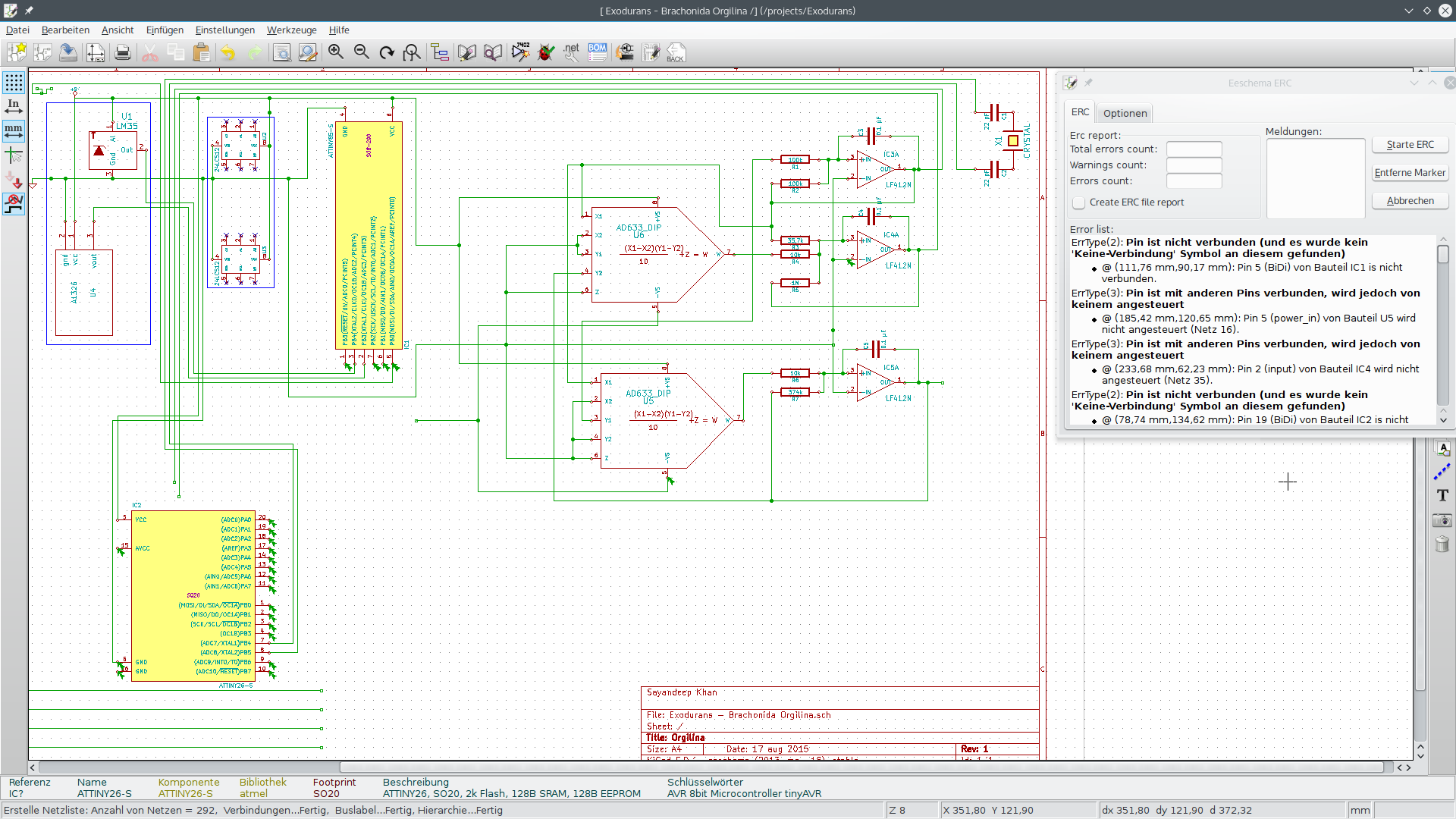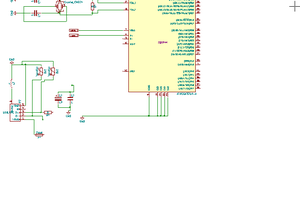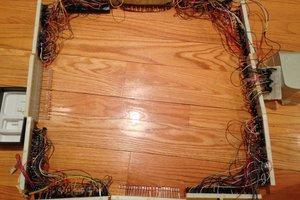Project Goals
- Modular System
- Supports Daisy Chaining and Neural Netwrok / Swarm Behavior , regardless of communication method used.
- Aware of neighbors / partners
- Endures demaning Environments
- Supports wide range of mission profiles
Mentioning a list of goals is rather simple. Realization is a different story.
Example Mission Profile
I will take the example of a set of 3U Cubesat.
The cubesats will be placed at an altitude of 200 Km, with a mission duration of 20 days - a typical time frame of observation necessary after a natural disaster, for example (Note : currently such observvation periods refer to land / air based observations - usually people don't launch specific short duration missions to monitor aftermaths of disasters ).
The Exodurance system will serve as the Central Nervous System of each sat. At predetermined times (ignoringg orbit anomalies) a cubesat will come in anothers view, and then they will broadcast a fault tolerant message to each other. This message will use high level grammar, so that the communication error is minimal. The message will also contain information about the sender cubesat. The reciepant, upon reception will decode the info, and may decide to raise a self reconfiguration signal. this part will be done by a µC.
The reconfiguration signal will be used to change the values stored at a register, which in turn can be read by an FPGA. The FPGA is also reading the output of a horizon looking color intensity meter and a camera - and feeding the transmitter. The change of configuration register value can be relfected in the change of filters used by the color intensity meter - or to reject part of the camera input - which may contain errors.
Name
The name Is inspired from Deinococcus Radiodurans, whose picture (courtsey : Wikipedia) is used as the project pic. The name means Exotic Endurer.
Status
Developing the very first board : Brachonida Orgilina .
Board shall withstand Atmospheric Flights up to 60 km, sustained for 60 minutes.
 Sean S Con
Sean S Con


 sjm4306
sjm4306
 Adellar Irankunda
Adellar Irankunda